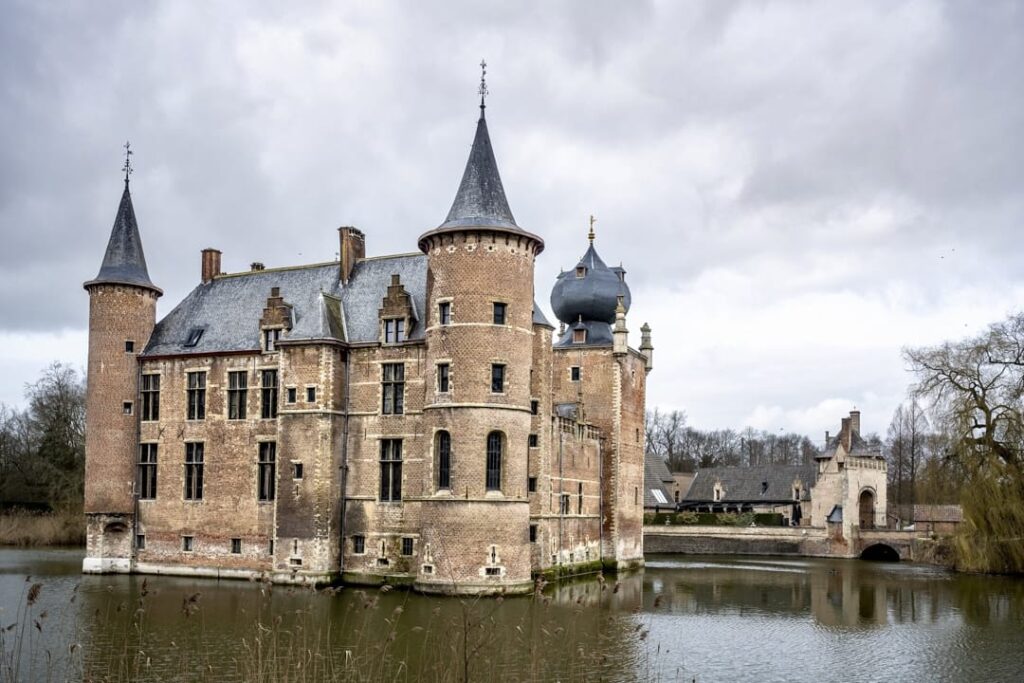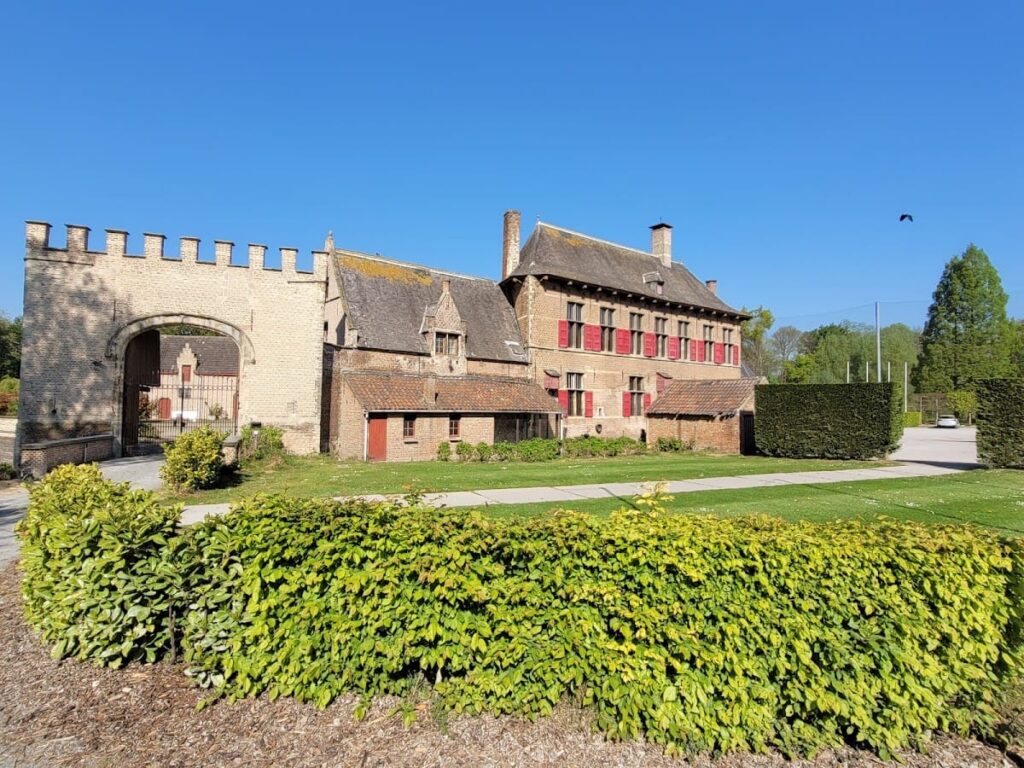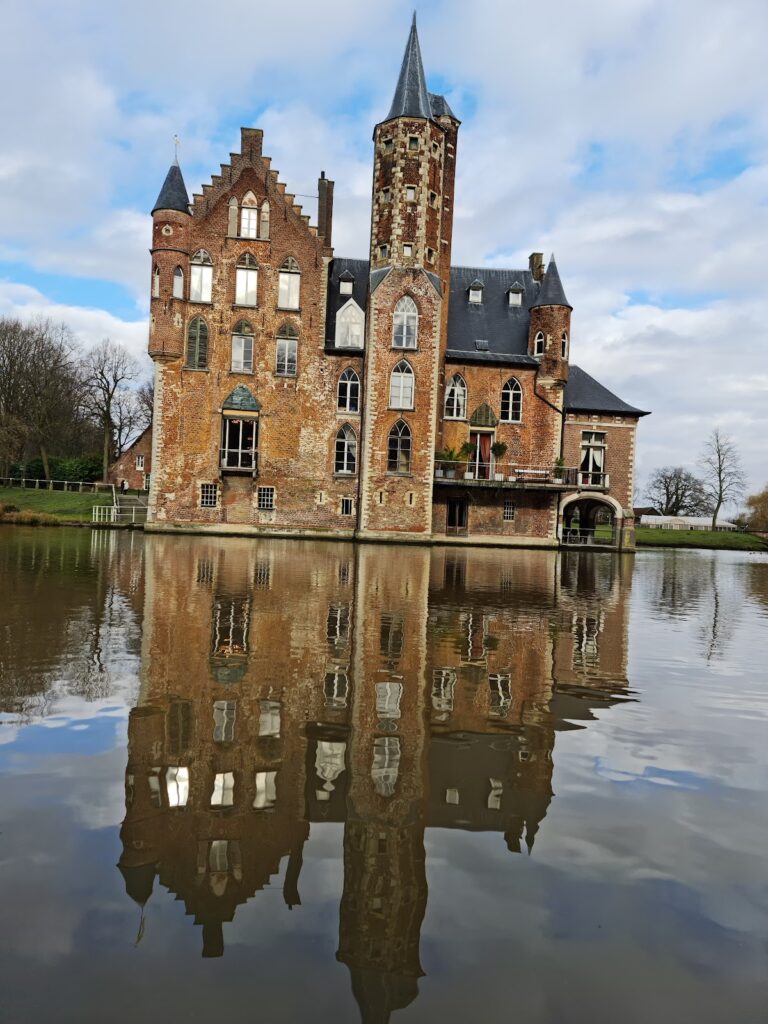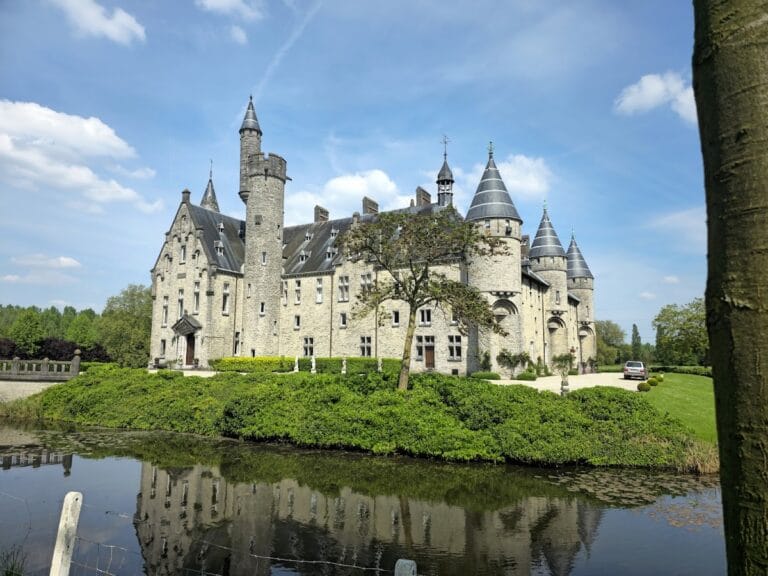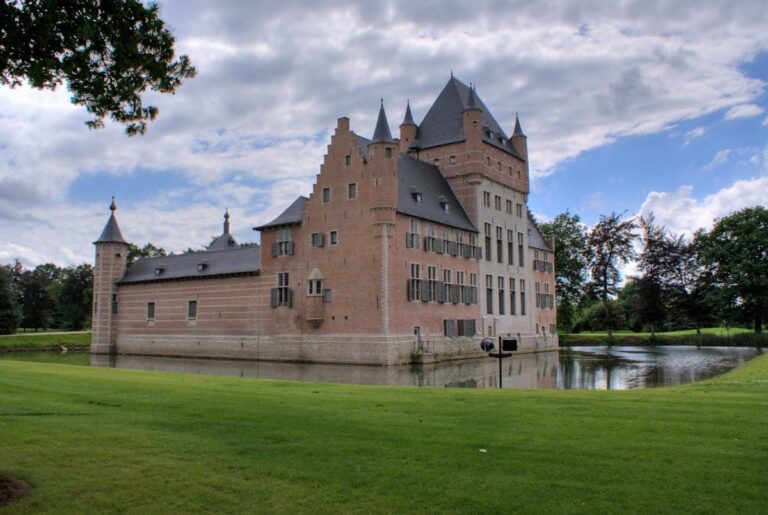Cleydael Castle: A Historic Water Castle in Aartselaar, Belgium
Visitor Information
Google Rating: 4.5
Popularity: Low
Google Maps: View on Google Maps
Official Website: www.kasteelcleydael.eu
Country: Belgium
Civilization: Medieval European
Remains: Military
History
Cleydael Castle stands on an island formed by two branches of the Benedenvliet river near the Schelde in Aartselaar, Belgium. It began as a medieval water castle, likely established by 1259. The earliest known inhabitants were the Sanders van Hemessen family. By 1372, ownership had passed to Geeraert van der Elst, who received the castle as a gift from the Duke of Brabant after the Sanders family lost their claim.
The castle became a point of conflict between the Van der Elst and Sanders families. Joanna of Brabant intervened to mediate their dispute, leading to a reconciliation. Eventually, the Sanders family regained the castle through purchase following financial difficulties and the murder of Filips van der Elst in 1401.
In 1459, Corneel Sanders van Hemessen was executed by order of Philip the Good for his role in arranging the secret fourth marriage of Jacoba van Beieren. Afterward, the castle was temporarily assigned to Antoon, an illegitimate son of Brabant’s ruling family. Following Antoon’s death, the castle fell into neglect and decay.
The castle changed hands in 1518 when Pieter van der Straeten acquired it and undertook significant restoration and expansion to update its living standards. In 1537, Antonio del Rio bought the property but fled to Spain after the castle was plundered. His unpopularity stemmed from his position as treasurer under Duke Alba.
Gillis Hooftman van Eyckelbergh restored the castle again during the 16th century. In 1622, Pieter Helleman became the owner. His daughter married Frans Paschier van den Cruyce, mayor of Antwerp from 1656, who purchased the castle in 1644. A renovation in 1650 is marked by a coat of arms above the entrance.
The Van den Cruyce family maintained ownership for three generations. In 1747, Mechtilde-Francoise van den Cruyce married Jean Gilles Peeters, who acquired the lordship of Aartselaar and Cleydael. Later owners included the De Stier, Van Havre, De Bergeyck, Guiette, and Frank families.
After World War I, Antwerp shipowner Christiaan Sheid bought the castle and renovated it in the 1950s. His widow lived there until her death. During this period, a golf course was established on the estate grounds.
In 1977, the castle and its surroundings were declared a protected monument. Commercial use ended in 2001 when Cornelis Marks of Cleydael Invest NV restored the castle as a private residence. The estate still covers over 11 hectares, with some outbuildings leased to the golf club. A restaurant and clubhouse on the grounds were damaged by fire in 2004 and subsequently rebuilt.
Local tradition holds that the Romans once had a military camp near the site, though no documentary evidence supports this claim.
Remains
Cleydael Castle has a square layout formed by four wings enclosing a central courtyard. It sits on an island created by two branches of the Benedenvliet river. The castle’s substructure dates from around 1350, while the upper parts were built in the 16th and 17th centuries using locally sourced brick.
Each corner of the castle features a tower, all differing in shape. The two eastern towers are more massive. The western towers are named the Uilentoren (Owl Tower) and Kattentoren (Cat Tower). The northeastern tower, called the Vossentoren (Fox Tower), is square with walls over one meter thick and topped by an onion-shaped spire. The southeastern tower, known as the Kapeltoren (Chapel Tower), contains a chapel with a star-shaped vaulted ceiling, which gives it its name.
The castle’s lower courtyard, or nederhof, has a trapezoidal shape and was originally surrounded entirely by moats. Access is on the east side via a drawbridge leading to the main gate. Next to the entrance gate stands a building that served first as the bailiff’s house and later as the gamekeeper’s residence.
On the west side of the lower courtyard is a square watchtower flanked by barns, stables, and a brewery on both sides. The entire complex forms a picturesque ensemble characterized by Brabantine brick and sandstone architecture.
Today, the estate covers more than 11 hectares. Some outbuildings have been adapted for use by the golf club, including a restaurant and clubhouse. After a fire in 2004 damaged part of these facilities, they were rebuilt to continue serving the estate’s current functions.
